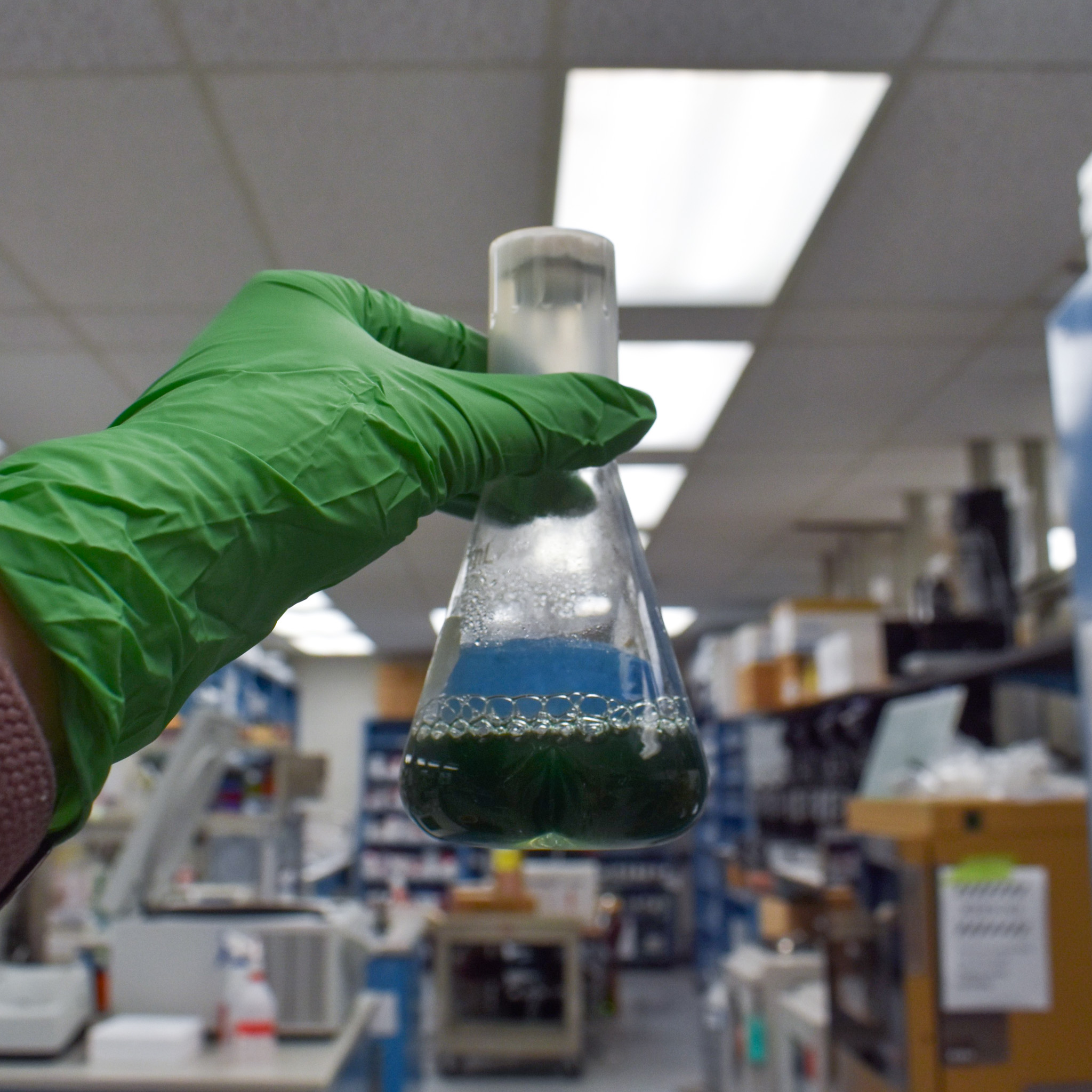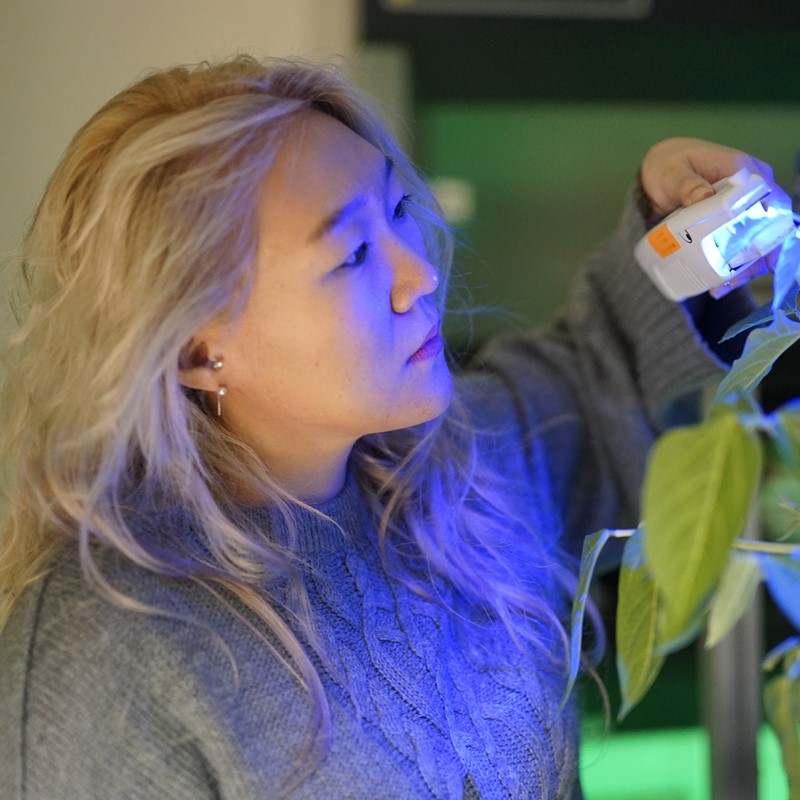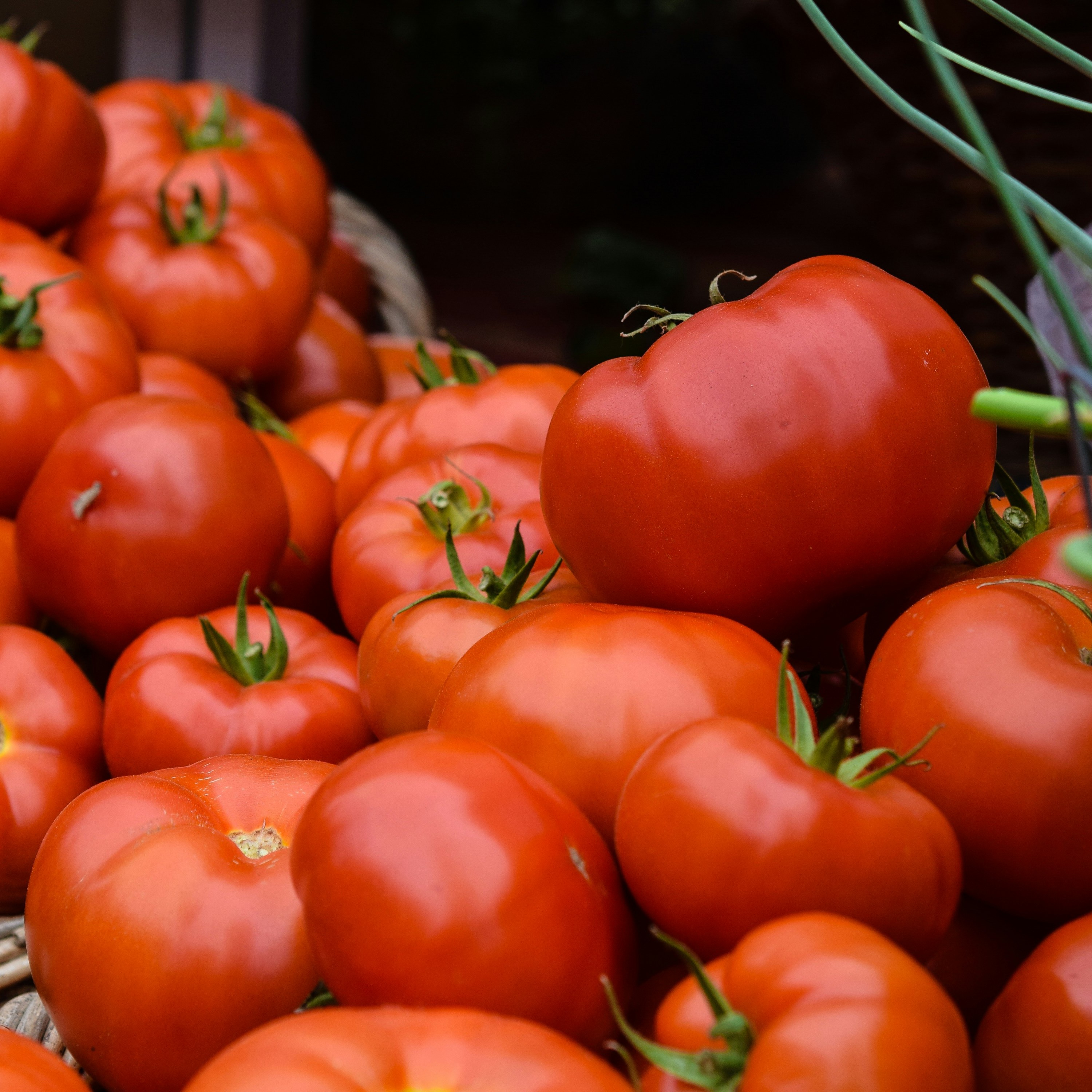MSU plant science community inspires future scientists at 2024 Science Festival

By Kara Headley
Researchers from across the Michigan State University plant science community participated in this year’s Science Festival on campus.
The Science Festival “is a free annual celebration of science, fueled by some of the basic elements essential to scientific inquiry: curiosity, wonder and discovery,” according to the website.
Parents brought their children to MSU to learn from researchers and scientists from all areas of study across campus.
“MSU Science Festival is one of the ways that anyone can just wander in and see what real science is and what scientists actually do for a living,” said Josh Vermaas, assistant professor at the PRL and in the Department of Biochemistry & Molecular Biology. “That kind of access makes it easier for folks to see themselves as a scientist later on.”
This year, the MSU-Department of Energy Plant Research Laboratory, or PRL, had four demonstrations with participants from eight different lab groups. Other plant groups participating included Molecular Plant Sciences, or MPS, the Center for Catalysis in Biomimetic Confinement, or CCBC, the Plant Resilience Institute and the Plant Cell Atlas.
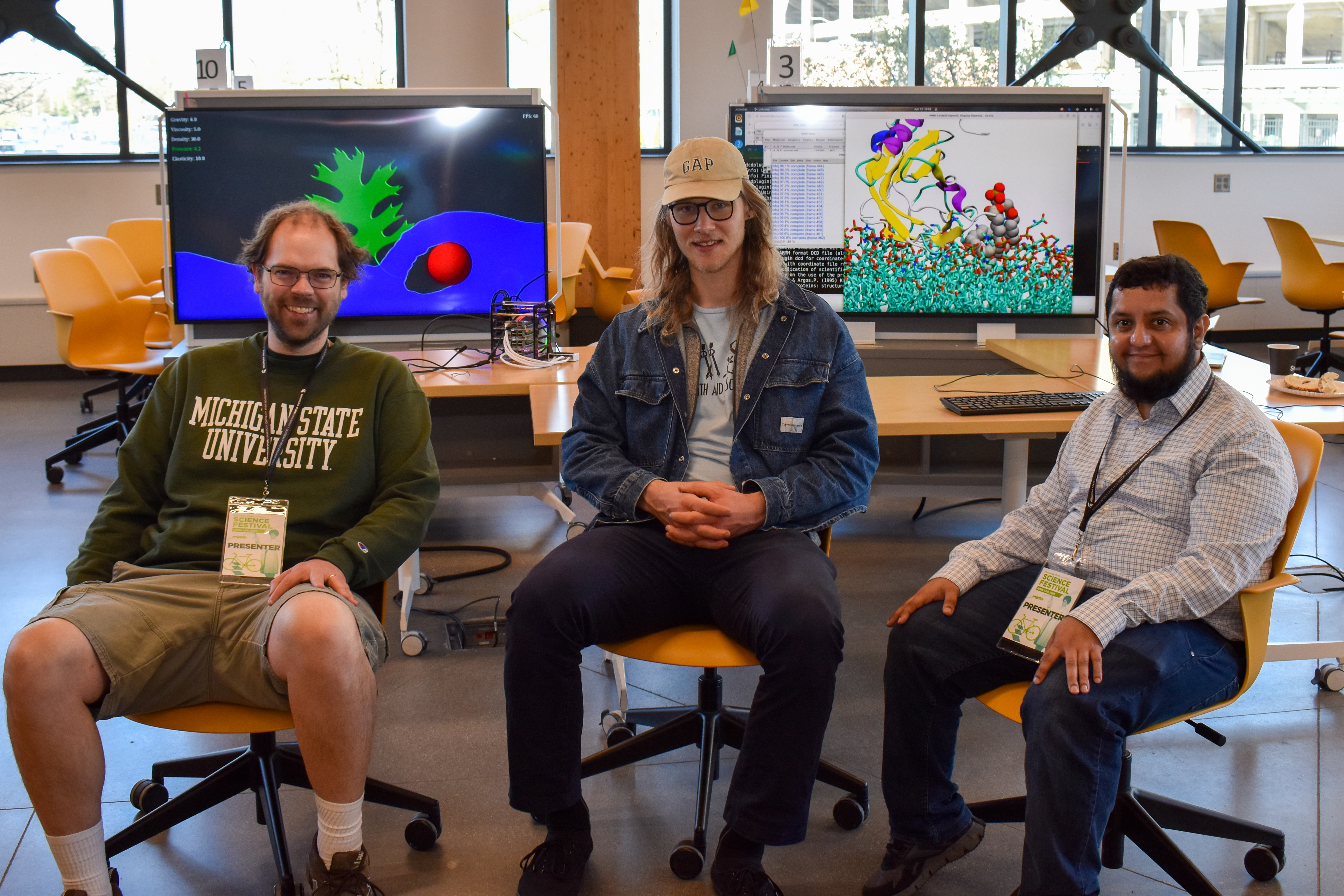
By Kara Headley
The CCBC event was held April 6 in the Plant Biology Building and was supported by members of the PRL Kerfeld and Vermaas labs. The event, “The Best Way to Kick off the Day: Building Miniature Soccer Balls to Understand Catalysis and Confinement,” was designed to show participants what bacteria are made of. Using origami, the participants could build models of microcompartments and learn about chemistry and geometry.
During the following weekend, the Vermaas lab, alongside many others, participated in the STEAM Expo Days. STEAM stands for Science, Technology, Engineering, Arts and Mathematics.
The Vermaas lab’s demo at the Expo was titled, “Help Unleash the Hidden Power of Plants.” The lab members had three computers set up, each with an activity that showed an aspect of computational biology. One showed the children a current project in the lab, which helped them understand molecular viewing tools. Another let the user see how water molecules move through proteins. The final used a supercomputer set up and let the children control a simulation using a game controller. It illustrated how many computers are needed to run complex scenarios.

By Kara Headley
“For myself, I had no idea that science could look like this, even as I was graduating college,” said Duncan Boren, graduate student in the Vermaas lab. “It’s a really exciting opportunity to see what cutting-edge science looks like, to see how kids can interact with it and to give them good experience this young doing science. [They can see] that it is a real option for them, and it is something that they can have fun doing.”
The PRL Sharkey and Walker labs teamed up for their demonstration this year. Their booth, “How Plants Grow,” let kids interact with plants in a multitude of ways. Their goal was to demonstrate how plants make their food. Using LI-COR gas analyzers, kids are able to scan the leaf of a plant and see it photosynthesize in real time. They also had plants growing in glass boxes so the roots can be seen as if they were below ground. They had a variety of plants, including Micro Tom tomatoes, peanuts, and “space wheat,” or wheat bred to grow on space stations.

By Kara Headley
“I think this is a nice way to give back to the community,” said Anne Steensma, graduate student from the Walker lab. She explained that she liked to “help give people appreciation for this magical process of photosynthesis that plants are doing around us all the time, which we may not appreciate.”
Graduate students and postdoctoral researchers from several PRL and MPS labs teamed up for an exhibit on Sunday, called “The Wonderful World of Plants.”
The exhibit consisted of several tables with demonstrations to help participants understand different avenues of plant science. One had jars of terpenes, a compound in plants that is used to make fragrances, like spearmint and lavender. Participants smelled each jar and had to guess which fragrance was within.
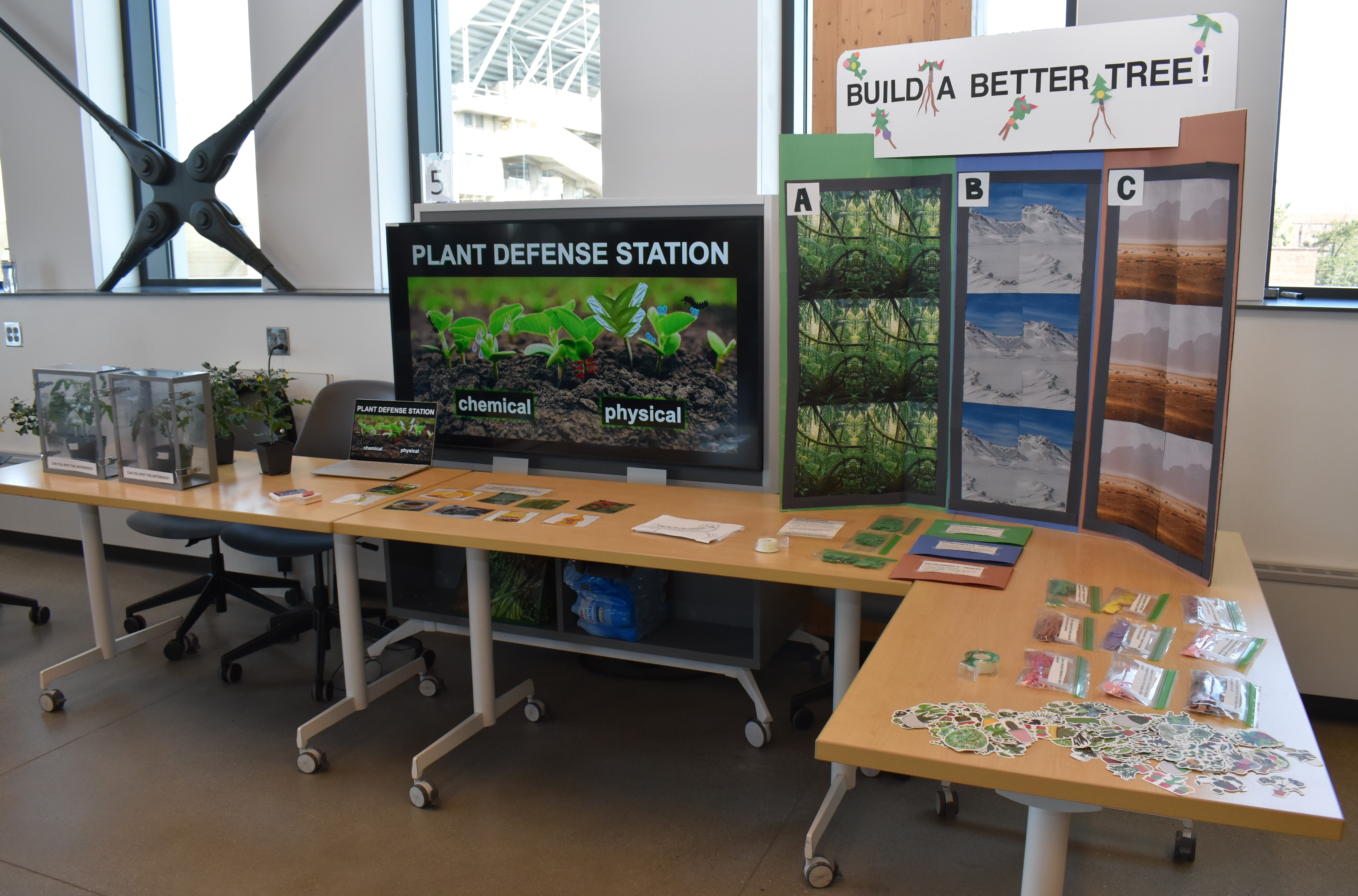
By Kara Headley
Another table allowed participants to see how plants defend themselves from insects, and yet another looked at the structure of the plant cell.
“Outreach is super important to me because I grew up in a rural area, so I didn't have my first science class until 7th grade. Being able to spark that interest or idea in a kid’s mind early brings me a lot of joy,” said Bailey Kleven, graduate student in the Howe lab. She was instrumental in organizing this exhibit. “Being able to bring all of these labs together also brings that sense of community in the plant world here at MSU, so it's really fun to bridge all of our interests together for this one special day.”
Learn more about the MSU Science Festival: https://sciencefestival.msu.edu/
